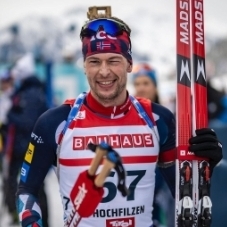Totallympics Annual International Song Contest 2021
-
Who's Online 41 Members, 0 Anonymous, 191 Guests (See full list)
- Andry84
- Adriano
- pedja789
- Matej
- hondrakis
- Biathlonfan
- Wumo
- copravolley
- pacowong1223
- Rafoo
- Morten Jensen
- andresap93
- Jan Linha
- regys_silva
- Petar1973
- duineeile
- Fran-UDA
- Rafa Maciel
- Grassmarket
- Faramir
- Jur
- TeamGB
- Pasolini
- Belle
- mvp24
- Laraja
- dantm
- nenad
- Monzanator
- Super Mario
- Duki1994
- EEE
- Federer91
- ahjfcshfghb
- Robertino
- Fly_like_a_don
- Gianlu33
- Fulvio
- Mecki83
- Nicky Pryde
- sami-eg


Recommended Posts
Create an account or sign in to comment
You need to be a member in order to leave a comment
Create an account
Sign up for a new account in our community. It's easy!
Register a new accountSign in
Already have an account? Sign in here.
Sign In Now